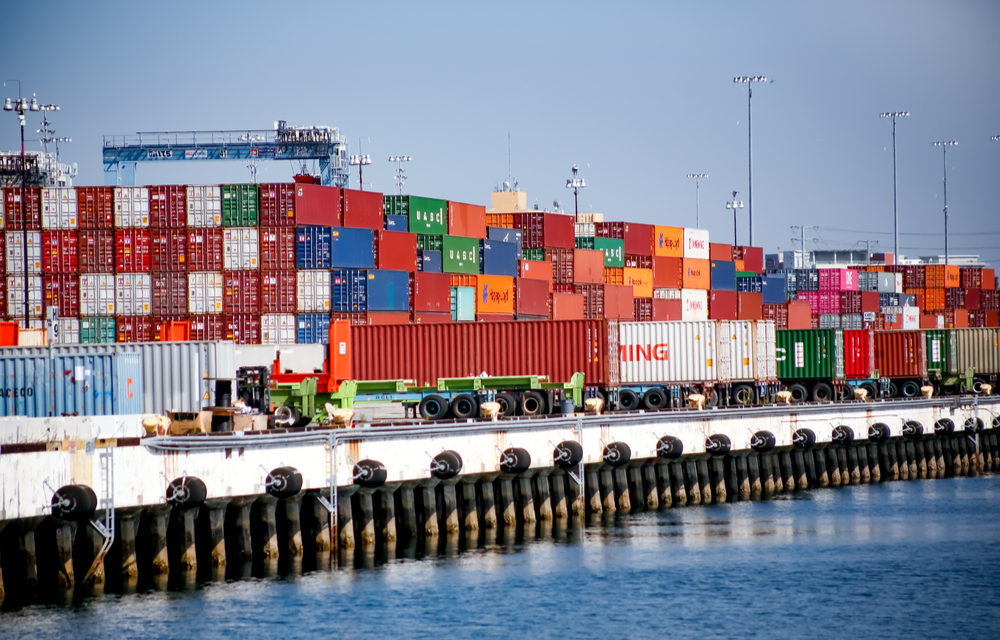Surging demand for warehousing close to major ports driven by the growth of e-commerce and the flood of container imports hitting U.S. shores is making storage space harder to find and more expensive, adding new stresses to already strained supply chains.
Logistics service providers and real-estate firms say competition for warehouses close to ports such as those in Southern California and New York City is intense, pushing up rents and forcing companies to look to neighboring regions to serve shippers’ needs.
The pinch is most pronounced in the industrial region close to the nation’s busiest ports at Los Angeles and Long Beach.
Retailers’ efforts to restock depleted inventories as the economy has reopened have swamped the ports of Los Angeles and Long Beach with containers, leading to growing stacks of boxes at the neighboring sites, overwhelming inland distribution networks and pushing shippers and logistics providers to seek storage space for shipments.
The two main railroads carrying containers from the ports, Union Pacific Corp. and BNSF Railway Co., this month began restricting shipments from the West Coast into Chicago because boxes were piling up at their Midwestern hubs.

